Minister: ₦18.39 billion spent on subsidy per day
The Minister of Finance, Budget and National Planning, Mrs. Zainab Ahmed, said yesterday that ₦6.210 trillion was paid as fuel subsidy to independent oil marketers from 2013 to 2021.
She, however, said the her ministry paid ₦1.774 trillion from 2013 to 2016, while the rest came under PMS under-recovery by the Nigerian National Petroleum Corporation, NNPC Limited.
She also said the Federal Government was paying ₦18.397 billion as subsidy per day. Ahmed disclosed these before the House of Representatives ad hoc Committee investigating the subsidy payments regime from 2013 to 2022, led by Ibrahim Aliyu.
The minister added that in the Medium Term Expenditure Framework, MTEF, already sent to the National Assembly, the government projected ₦3.335 trillion as subsidy for half year.
She said: “One thing that stands out in the Medium Term Expenditure Framework, MTEF, was that if the nation holds on to fuel subsidy as it is designed now, we will be incurring from January to December subsidy cost of ₦6.4 trillion.
“But we suggested to the Federal Executive Council, FEC, and council approved that maybe we could look at the option. So if we did that, then the cost will be ₦3.35 trillion, which is half of the ₦6.7 trillion.
“FEC approved the second option, that’s the option that was conveyed by his excellency the president to the National Assembly.
“But let me also say that even though this is a reduced option, it would mean that we are borrowing more than we’ve borrowed. In 2022, we are carrying the cost of subsidy throughout the whole year.
“Recall that the initial MTEF and approval by the parliament was for us to exit subsidy by June of this year.
“But during the course of the year, making assessment of the difficult fiscal challenges in the economy and the hardship and high inflation and other challenges, we were asked to resubmit our plans and review them to include provision for fuel subsidy throughout this year.
“That’s how we came back to parliament with an incremental expense from ₦443 billion, which we had planned to up to ₦4 trillion subsidy expense in 2022.
“The situation is not desirable and it’s not sustainable, it is putting the country in very serious, dire, financial situation and we do hope that we will be able to exit this subsidy regime in the shortest possible time.
“The ₦3.35 trillion in the approved MTEF that’s now before the National Assembly for consideration, could have been funds that will apply to other vital sectors of the economy, such as health, education. We are carrying a burden that as citizens, we have to access whether it is beneficial for us to continue to do so.
“I want to move on to the document that has been circulated to the committee. In response to your letters to give information to the committee, for detailed information on petroleum subsidy in Nigeria for the period 2013, to 2022, let me start by commending the National Assembly and this special committee in particular, for undertaking this investigative hearing.
“The issue of subsidy is of great interest to this administration and, of course, the general public. Therefore, engagement with critical stakeholders such as this forum, provides us opportunity to share information and provide clarification on this critical national issue. ₦6.210 trn paid as subsidy from 2013- 2021.
“I’m going to address issues as highlighted by the lawmakers in the letters sent to us. Deduction of PMS under recovery shortfall by NNPC for the period 2013 to 2022, we are reporting that there’s a total sum of ₦4.436 trillion, which was deducted as PMS under recovery by NNPC for the period January 2013 to December 2021.
“In the report, it shows the amount that were deducted during the period under review. Also in the report is the summary of subsidy that has been paid to independent oil marketers from 2013 to 2016 and in this report, we are reporting that the sum of ₦1.774 trillion has been paid to independent oil marketers as PMS subsidy from 2013 to 2016.N6.210trn spent on PMS payment to independent oil marketers in 2013 -2021.
“The total sum of ₦6.210 trillion was expended from PMS under recovery by NNPC and payment to independent oil marketers from 2013 to 2021.
“On the funding of subsidy payments to independent oil marketers for 2013 to 2016, payments that have been made to them were directly from domestic excess crude account through the deduction of Sovereign Debts Instruments (SDI). They are negotiable short term instruments that were issued by government at time to enable marketers access financial support from their banks for the importation of PMS.
“The instrument was approved by the then President in 2010. It is also important to note that we have instances where funds are transferred from the consolidated revenue fund to the domestic excess crude account for subsidy payments.
“For 2015, ₦31 billion, again same year ₦106.1 billion transferred from the CRF in another instance to the domestic excess crude account.
“In 2016 there was another transfer of ₦40 billion from the CRF to same account for the purpose of settling PMS subsidy to oil marketers.
“There was also the sum of ₦413.363 billion, which was provided through short term funding by the Central Bank of Nigeria. The details by the President for the approval of this funding is also attached to the document submitted to the committee.
“With respect to transfer of funds by NNPC and its affiliates to the treasury single account the ministry has obtained evidence as enclosed in annex 9 of the report. The ministry is also not in the position to provide statement of account of NNPC and its affiliates. The parliament should ask for this directly from them.
“While hoping that the documents made available to the committee will help them in this assignment, I wish to also say that the ministry is standing by for any additional information or clarification.
“First of all, starting from the parameter that is used for the assessment of subsidy especially for 2023, we used information as provided by NNPC and regulator. And for 2023, the projection is that, the average daily truck out will be ₦64.96 million liters per day, that is about 65 million per day, using an average rate at open market rate of ₦448.20k and then a regulator pump price of ₦165 per litre.
“This gives us an average under recovery, that is the difference between ₦165 and 448 of 283.2 So just multiple the amount of litre per day, the open market exchange rate of naira to the dollar and then, the gap between the pump price and open market price, the total amount of subsidy per day is ₦18.397 billion per day.
“So, if you are projecting for the full year from January to December, it will be ₦6.715 trillion. If you are projecting for half year, it will be 50 percent of that ₦3.375trillion and I said earlier on the recommendations that we sent to Parliament for consideration on MTEF is half year, that will be ₦3.357 trillion.
“Fuel subsidy is the difference between the pump price which is now fixed at ₦165 and the landing cost which we are projecting at an average of ₦448 per litre in 2023, even now the cost is around that.
“So, the PMS subsidy we are carrying today in the nation is around ₦283 per litre, that is what we are carrying. So, it is the difference between the pump price and the landing cost of petroleum products in the country.”
The minister, however, stated that the government could not continue to bear the burden of subsidy payment.
She added that there was a recommendation of a meeting of all the stakeholders, including the leadership of the National Assembly and the political parties to decide whether to stop it sustain the payment.
“When we engage the leadership of the National Assembly, the recommended a national stakeholders forum that will bring all major stakeholders together, including all the political parties.
“We submitted that to the FEC and it gave its approval and the government is working on that. It is important so that if all stakeholders agree, we know what exactly we are dealing with. I do hope that is done very soon because we cannot continue to carry the burden,” she said.
In his remarks, the chairman of the adhoc committee, Isiaka Ibrahim, queried the rationale behind NNPC’s deduction from source of ₦1.66 trillion against the sum of ₦1.15 trillion paid to oil marketers in 2021.
He also contested the formula for the computation of subsidy payments by the minister, saying they might have been overblown. The committee, therefore, demanded the documentary evidence of the payments.
He said: “The ₦6.7 trillion required for 2022, why I’m disturbed is because the 2023 financial year is approaching. By September, we will be expecting Mr. President’s budget submission, and the MTEF is already before the National Assembly.
“You see, if you look at the average daily truck-out quantity latest, 64,964,400, in 2012, there was a report and the total consumption was put at 31,500, so it’s very difficult to imagine how you can have a near 100% increment in consumption within a period of 10 years.
“Going by the permutations or calculations of the minister, if you are using a 42,000 litres capacity truck, if you divide it by the 64,964,400 litres you arrive at 1,547 trucks daily. And if you take an average, simple division by 37 (states) including Abuja, you have 41 trucks of 42,000 litres capacity giving to those states, maybe my own state being a smaller state in terms of consumption may be requiring less maybe 10 trucks.
“So, what I’m saying in essence minister is we are talking of daily consumption, Monday through Sunday and Monday again, no public holidays.
“In fact, during COVID-19 when there was lockdown, with limited movement, the consumption rate remained the same.
“So, I wondered how the ministry can accept this kind of figure. You see, it’s difficult.
“But to be honest, this figure is overblown and I think the Ministry should have done due diligence to be able to arrive at a relatively acceptable consumption rate,” he said.
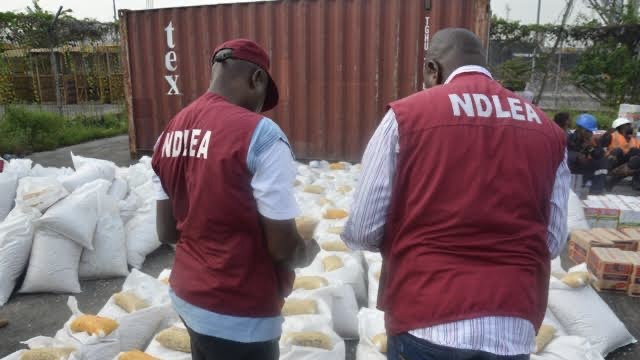
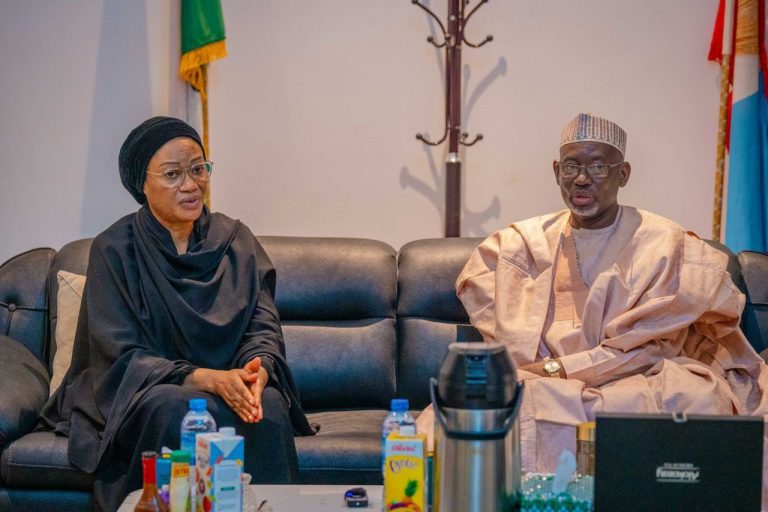
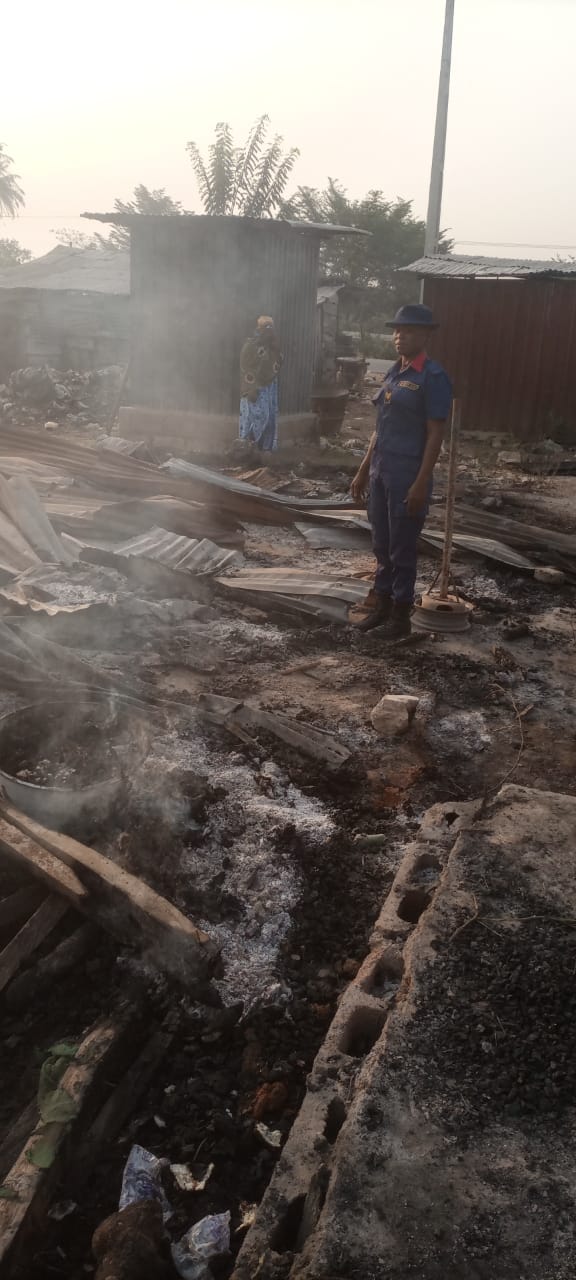




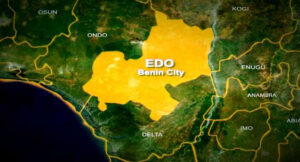
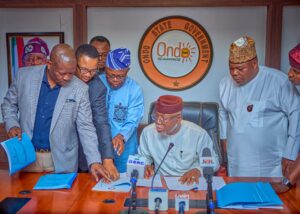
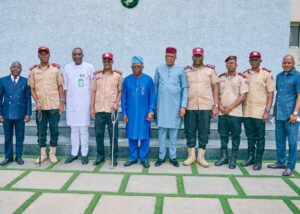
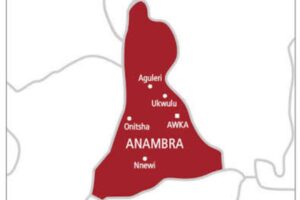

Post Comment